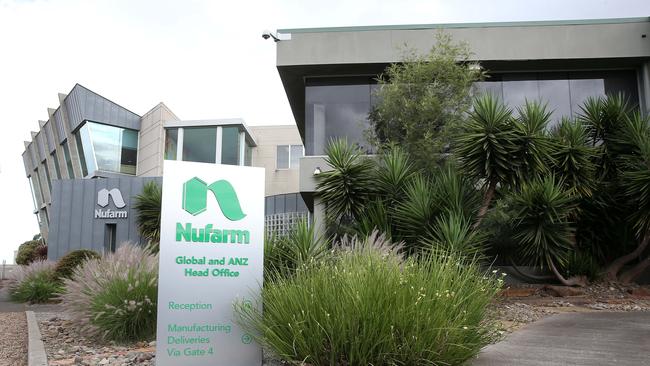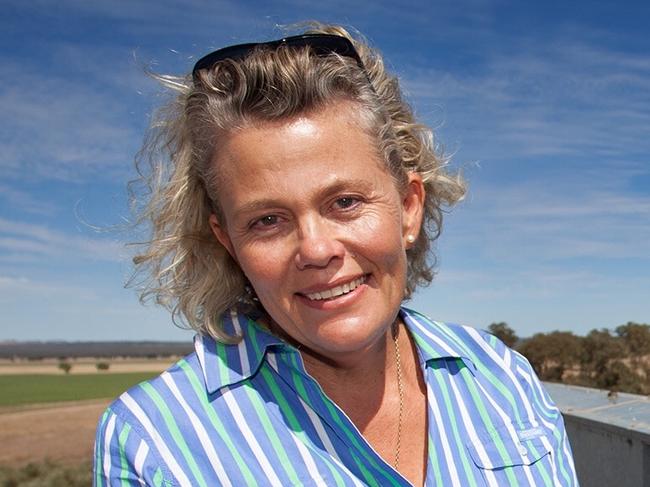Agriculture ready for return to economic prosperity
As Australia dares to contemplate better times ahead, agriculture is ready to put its foot down and accelerate a return to economic prosperity.

As Australia dares to contemplate better times ahead, agriculture is ready to put its foot down and accelerate a return to the economic prosperity that we have become so accustomed to.
In 2018, the National Farmers’ Federation set a goal for Australian agriculture to reach $100bn in farm gate output by 2030 — up from about $60bn today.

This target, and the plan that underpins it, is now not only fundamental to the improved fortunes of farmers — it is at the heart of Australia’s COVID-19 recovery.
The NFF has put the microscope over the priorities and identified the policy levers, the investments and the innovations which we believe will deliver the highest impact — not just for agriculture but for the country as whole. These priorities are outlined in NFF’s Get Australia Growing document, a plan for restoring the nation’s economic prosperity.
At the heart of any plan for growth needs to be our people and communities. According to the Regional Australia Institute, the latest census, in 2016, found the bush attracted 65,204 more people than it lost to our capital cities. Between 2011 and 2016, more than 1.2 million people either moved to regional Australia or moved around regional Australia from one location to another.
We must not squander this momentum to go much further on Australia’s “regionalisation” journey. The NFF backs the intent behind the federal government’s Regional Deals program as the platform to do just this. But to date, the program has been disappointing.
Capitalising on environmental and infrastructure advantages, communities must be included in identifying new — and nurturing already established — industries. Crucially, we must not be blinkered by geographic or jurisdictional boundaries. Best results will be achieved when investments are guided by synergies and opportunities for scale.
The release of 100,000ha of land in the Northern Territory for agriculture is but one new and promising opportunity for regional development. The land release was made possible by the NT Farmers’ Association, Northern Territory Cattlemen’s Association and the NT Land Corporation, and provides immense opportunity for the growth of existing Top End industries and the development of novel agricultural pursuits.
As these industries grow, logistics and transport will become further integrated and more finely tuned to reduce costs and transportation bottlenecks. Lower transportation costs not only benefit farmers but also consumers, especially those in regional towns. This is exactly what Regional Deals should be all about.
The NFF has set a challenge for the government: Get the design and delivery of Regional Deals right. Once this is done, chart a course for a multimillion-dollar investment in the delivery of 20 Deals by 2030.
As part of our regionalisation vision, the NFF is calling for a renaissance of regional manufacturing. COVID-19 brought into sharp focus the risks of our reliance on goods produced overseas — whether it’s face masks, ventilators or crop protection products.
For a long time now, the business case for value adding and processing at home hasn’t stacked up. Earlier this year, multinational Nufarm announced the closure of its fungicides and insecticides manufacturing plant in Laverton, struggling with the cost of energy and labour, among other things.
‘Business needs incentives and support to combat unfair and targeted competition from overseas manufacturers’
Here is an example of what will continue to happen if we don’t take steps to allow businesses to remain competitive. Manufacturing assets commissioned decades ago need updating. Modern plants are more energy efficient, higher yielding and automated. Capital investment is required to keep these assets in Australia.
To get this right, business needs incentives and support to combat unfair and targeted competition from overseas manufacturers and remain in Australia long-term.
Many Australian-owned, regionally based, food factories are using out-of-date technology that is labour, water and energy intensive. The tide is changing — slowly. New automated technologies and smarter approaches to energy are emerging.
But an injection of public and private capital to fund the adoption of advanced technology is needed to put viable, large-scale manufacturing within reach.
This is especially true for the energy sector, where plans for technology and innovation need not only to be developed, but implemented.
Government across all tiers can play a key role in creating more favourable conditions for this investment.
The resilience and self-sufficiency of the agrifood sector hinges on taking a whole-of-system approach — suppliers of inputs, freight providers, growers and processors must all work together with government to chart the way forward.
A properly resourced plan to improve the competitive environment for regional Australia must form part of this nation’s COVID recovery. Australia is the envy of the world in how we managed the COVID-19 health crisis, and we’re well placed to lead the world in the economic recovery also.
Fiona Simson is president of the National Farmers’ Federation.

